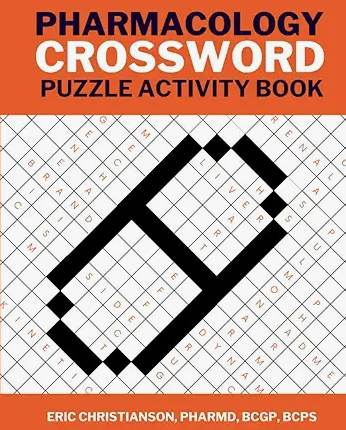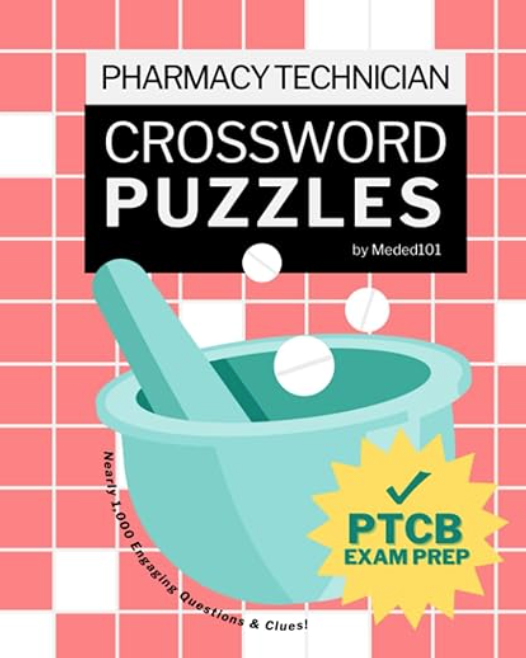Weight loss has been an essential area in which many pharmaceutical companies have made interventions by providing effective medications that can assist patients dealing with obesity. In this article, we will compare the newly approved weight loss medication Zepbound to a diabetes medication called Mounjaro. We will explore the metabolism, pharmacokinetics, similarities, differences, and criteria for selecting medication for weight loss with Zepbound. Spoiler alert, there’s only one major difference.
Metabolism
Glucagon-like peptide-1 (GLP-1) and glucose-dependent insulinotropic polypeptide (GIP) are the hormones responsible for regulating blood sugar levels. Mounjaro and Zepbound activate these receptors for GLP-1 and GIP, therefore slowing gastric emptying to reduce food intake and effectively manage blood sugar levels. Both Moujaro and Zepbound medications function similarly. However, Moujaro is solely approved for treating diabetes, while Zepbound is approved for obesity treatment. Zepbound is the only medication approved for obesity treatment that activates both receptors of glucagon-like peptide-1 (GLP-1) and glucose-dependent insulinotropic polypeptide (GIP). In contrast, other medications like Semaglutide and liraglutide, which are also approved for treating obesity in the United States, only act on the GLP-1 receptor.
Pharmacokinetics
To ensure optimal results, it’s recommended that both medications be administered via subcutaneous injection in the abdomen, thigh, or upper arm. It’s noteworthy that administering both medications alongside other tripeptide-containing products or GLP-1 receptor agonist drugs is not recommended to avoid potential complications. Both medications, for now, have similar pharmacokinetic profiles in both healthy individuals and those with obesity. When administered subcutaneously, the median time to reach maximum plasma concentration is 24 hours, with mean absolute bioavailability at 80%. Tirzepatide exhibits a highly favorable binding affinity to plasma albumin (99%) and has a steady-state volume of distribution of approximately 9.7 L. Tirzepatide has an apparent population mean clearance of 0.056 L/h and an elimination half-life of around 5 days. Both undergo metabolism through proteolytic cleavage, beta-oxidation, and amide hydrolysis. Excretion primarily occurs via urine and feces, with no intact tirzepatide observed in these routes.
Comparison Table – Mounjaro versus Zepbound
When comparing Mounjaro versus Zepbound, it becomes clear that these medications are quite similar. The only difference is their recommended usage, determined based on the patient’s clinical diagnosis (we actually reached out to the company to make sure we weren’t missing anything!). The approval for Zepbound was based on the SURMOUNT-1 clinical trial, which studied 2,539 adults with obesity or excess weight and weight-related medical problems, excluding diabetes. Those taking Zepbound as an adjunct to diet and exercise experienced significant weight loss compared to those taking a placebo over 72 weeks. Mounjaro is available in the US in six doses: 2.5 mg, 5 mg, 7.5 mg, 10 mg, 12.5 mg, and 15mg. It is expected that Zepbound will also be available in the same six doses by the end of the year and will be administered subcutaneously.
It’s unclear what motivated Eli Lilly, the company responsible for producing both medications, to release a new weight loss drug called Zepbound. While the drug’s mechanism and pharmacokinetics don’t differ significantly from that of Mounjaro, there may have been various factors at play, such as marketing strategy, insurance coverage considerations, or patient feedback regarding the requirement of a diabetes diagnosis to access the weight loss medication. Regardless of the reasons behind Zepbound’s development, it is an interesting addition to the field of weight loss drugs.
This article was written by Opeyemi Omotoyinbo, PharmD Candidate in collaboration with Eric Christianson, PharmD, BCPS, BCGP.
- 30 medication mistakes PDF
- 18+ Page Drug Interaction PDF
- 10 Commandments of Polypharmacy Webinar based on my experiences in clinical practice
Popular Amazon Books
References
- FDA:https://www.fda.gov/news-events/press-announcements/fda-approves-new-medication-chronic-weight-management
- FDA. (2023, November 8th). FDA Approves New Medication for Chronic Weight Management. Retrievedhttps://www.fda.gov/news-events/press-announcements/fda-approves-new-medication-chronic-weight-management.
- Zepbound prescribing information: https://pi.lilly.com/us/zepbound-uspi.pdf
- Mounjaro prescription:https://pi.lilly.com/ca/mounjaro-ca-pm.pdf
- Ania M. Jastreboff, M. P. (2023). The new england of journal medicine . Retrieved from https://www.nejm.org/doi/full/10.1056/NEJMoa2206038
- FDA. (2023, November 8th). FDA Approves New Medication for Chronic Weight Management.Retrievedhttps://www.fda.gov/news-events/press-announcements/fda-approves-new-medication-chronic-weight-management









I appreciate your emails and wondering if you have any resources for Florida pharmacy law.
Hi Shelia, thanks for the comment, I don’t have anything specific to Florida law but have a popular book put together for federal law if interested: Link on amazon found here: https://www.amazon.com/MPJE-Master-Federal-Pharmacy-Review/dp/B0C47RVNW7/ref=monarch_sidesheet